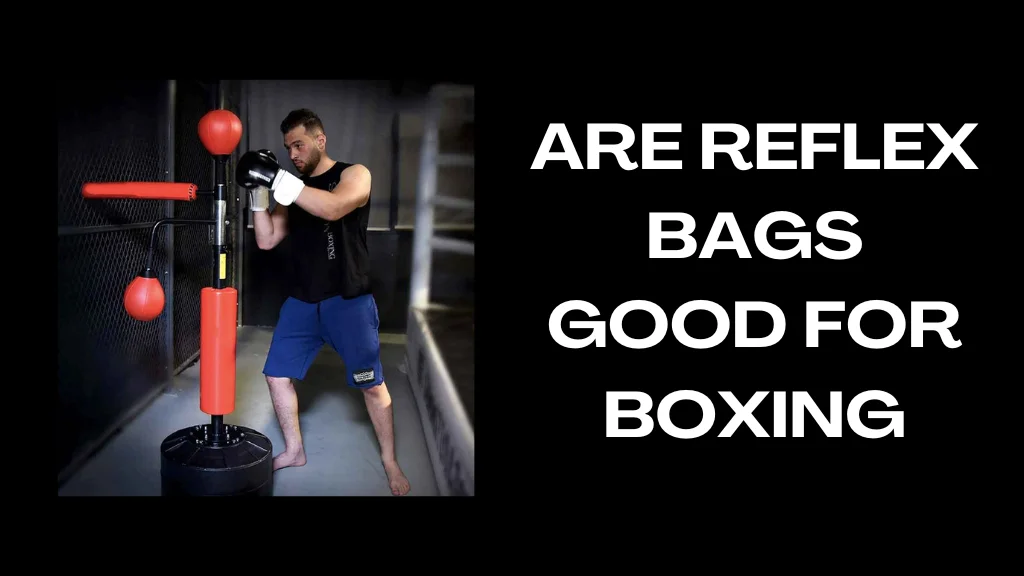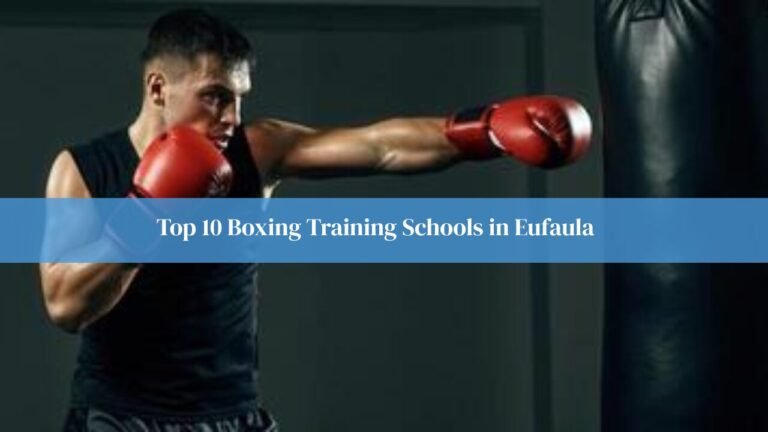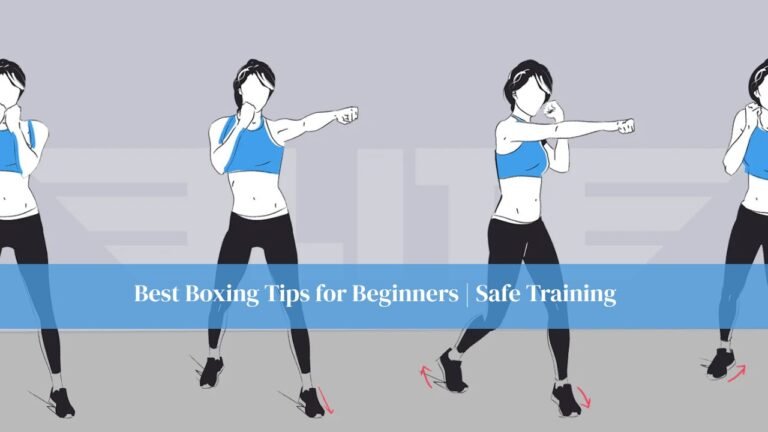Boxing is a sport that demands not only raw physical strength but also precision, mental sharpness, and agility. The sport combines technical skill with intense conditioning, and for anyone aiming to become a skilled and formidable boxer, training must go far beyond throwing basic punches at a heavy bag. Over time, athletes have continuously sought tools and methods to enhance their speed, timing, and overall ring IQ. One such training tool that has been gaining popularity in gyms and home setups is the reflex bag. But are reflex bags truly good for boxing? To answer that, it’s worth diving deep into what they are, how they work, the benefits they bring, and how they can be strategically integrated into training at any stage of a boxer’s career.
A reflex bag, often called a cobra bag or a double-end bag depending on its design, is built to rebound quickly after being struck. Its rapid movement forces a boxer to react instantly, sharpening their reflexes while enhancing accuracy and coordination. Whether you are an aspiring amateur, a seasoned professional, or someone using boxing for fitness, understanding the role of reflex bags can help you make smarter training decisions.
Benefits of Reflex Bags in Boxing
Reflex bags are not simply a trendy piece of boxing equipment; they are an effective, proven tool for developing essential skills that translate directly into fight performance. They allow boxers to practice reaction timing, rhythm, and defensive maneuvers in a way that heavy bags or mitt work alone cannot replicate.
One of the most notable benefits is improved hand-eye coordination. In boxing, timing and accuracy can be the difference between landing a clean punch or missing completely. Reflex bags move unpredictably, and this unpredictability forces the boxer to focus intensely on the target while synchronizing their movements. Over time, this heightened level of focus becomes second nature in the ring, allowing the fighter to spot openings and react faster during real bouts.
Another key advantage is enhanced reflexes and faster reaction times. Reflex bags mimic the erratic movements of an actual opponent, meaning the boxer must constantly adjust to angles, rebounds, and speed changes. Regular training with a reflex bag encourages the body to respond faster, teaching muscle memory for quick head movement, defensive counters, and combination punching.
Reflex bag training also delivers significant cardiovascular benefits. Unlike static training methods, it keeps the body in constant motion. Boxers often find themselves pivoting, stepping in and out, slipping, and moving around the bag, creating an intense workout that engages multiple muscle groups while maintaining an elevated heart rate. This type of dynamic training improves endurance and stamina, both critical for surviving multiple rounds in a competitive match.
Types of Reflex Bags
There are several types of reflex bags, each offering unique benefits. Selecting the right one is important, as the type can influence the pace, complexity, and focus of your training.
Spring-Mounted Reflex Bags are often preferred by advanced fighters who want unpredictable rebounds that demand split-second adjustments. Their rapid, elastic return challenges even experienced boxers to maintain sharp timing and positioning.
Freestanding Reflex Bags are mounted on a stable base and are excellent for beginners or those who want more controlled rebound speeds. They allow new boxers to develop the fundamentals of timing, movement, and punch placement without being overwhelmed.
Double-End Reflex Bags hang from both the ceiling and the floor using elastic cords, creating multi-directional movement patterns. These mimic the evasive head movement of a real opponent and allow for realistic targeting practice while demanding precision footwork and timing.
Choosing the Right Reflex Bag
When choosing a reflex bag, the decision should be based on skill level, training objectives, and personal style. Beginners typically benefit from starting with a freestanding reflex bag to develop foundational skills in a controlled setting. As they gain confidence, they can progress to spring-mounted or double-end designs for more challenging and realistic simulations.
Bag size and weight are also important. A lighter bag is ideal for speed work, allowing rapid punches and quick defensive movements. A heavier bag offers more resistance, helping to develop punching power and upper-body strength. Adjustable height settings are essential for maintaining proper punching technique, especially for boxers of different statutes.
Reflex Bags vs. Traditional Heavy Bags
While reflex bags focus on precision, timing, and defensive skills, heavy bags specialize in developing raw power, endurance, and punching combinations under sustained force. Reflex bags are generally gentler on the joints and muscles because of their lighter weight and mobile design, making them ideal for long technical sessions. Heavy bags, however, provide the resistance necessary for building knockout power.
Ideally, a boxer’s training should incorporate both tools. Reflex bags can refine the small details of movement and timing, while heavy bags help build the conditioning and power required to deliver fight-ending shots.
Adapting Reflex Bag Training to Different Skill Levels
Beginners should focus on learning the basics stance, guard, jab, and simple combinations while getting used to the movement of the bag. The priority is building rhythm and comfort with continuous motion.
Intermediate boxers can begin experimenting with more advanced drills, such as integrating head movement after each punch, slipping before counters, and mixing up combinations.
Advanced fighters can push reflex bag training to simulate ring scenarios, incorporating feints, defensive pivots, and complex punch sequences to match the fluid unpredictability of a real fight.
Using Reflex Bags at Home
One of the advantages of reflex bags is that they can be used effectively at home with minimal equipment. A clear, safe space with no surrounding hazards is essential for movement. Stability is key whether it’s a freestanding base or a securely anchored double-end bag to prevent tipping during intense workouts.
Home users should also consider alternating reflex bag work with shadowboxing, speed bag drills, and footwork exercises to ensure a complete boxing routine that covers speed, endurance, defense, and precision.
Conclusion
Reflex bags are not a replacement for every form of boxing training, but they are an incredibly effective complement. They develop critical skills timing, reflexes, accuracy, and rhythm while also providing a challenging cardiovascular workout. Whether you are stepping into a gym for the first time or preparing for a title fight, integrating reflex bag training into your regimen can take your boxing to the next level.
FAQs
Are reflex bags suitable for beginners?
Yes, especially freestanding models that offer controlled movement, allowing new boxers to learn the basics without feeling overwhelmed.
Can reflex bags replace heavy bag workouts?
No. While reflex bags are excellent for technique, heavy bags remain essential for building power and endurance.
How often should I train with a reflex bag?
Two to three sessions a week is ideal for noticeable improvements, though advanced fighters may use them daily as part of a broader training routine.
Related Post:
- Are Inflatable Boxing Bags Worth It
- Are Reflex Bags Good for Boxing
- How Long Does It Take to Learn Boxing




